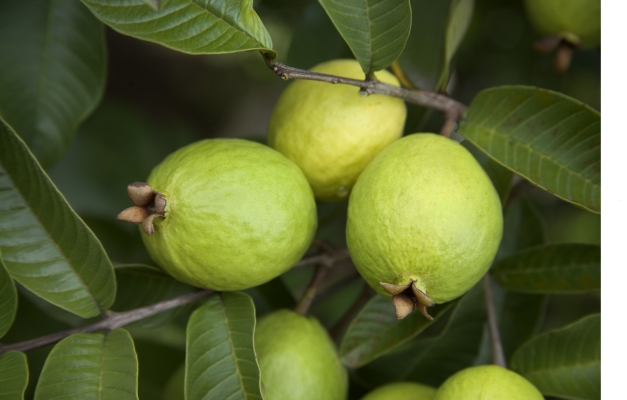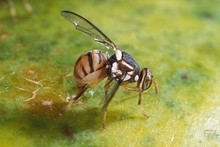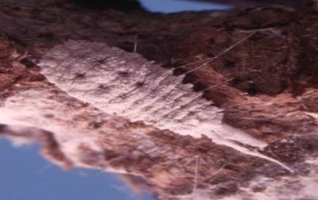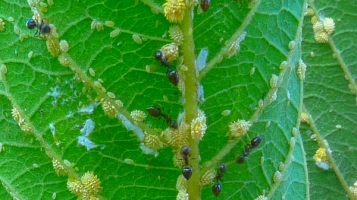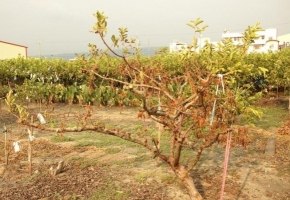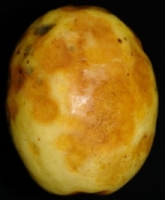General Information
Common but important commercial fruit crop of India. It is native to Central America. It can be grown in tropical and sub-tropical areas. It is rich source of Vitamin C and Pectin along with Calcium and Phosphorus. It is the fourth most important crop after Mango, Banana and Citrus. It can be grown all over India. Bihar, Uttar Pradesh, Maharashtra, Karnataka, Orissa, WB, AP and Tamil Nadu are guava growing states. Also it can be successfully grown throughout Punjab, Haryana and Uttar Pradesh. In Punjab, it occupies an area of 8022 ha with annual production of 160463MT.

